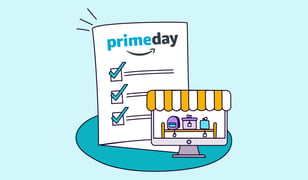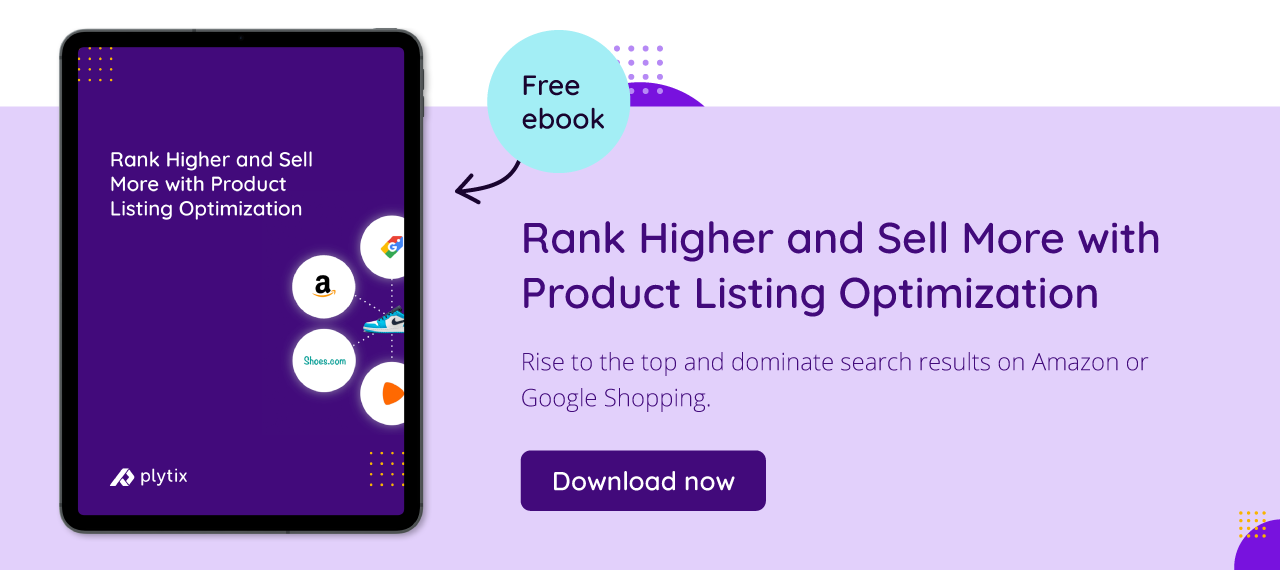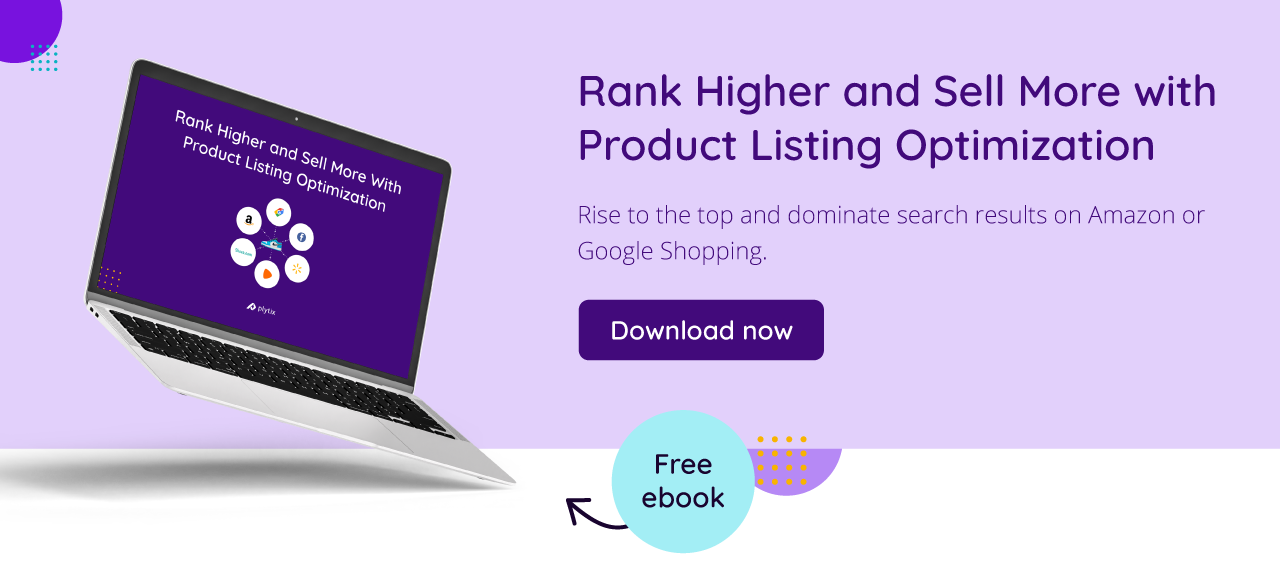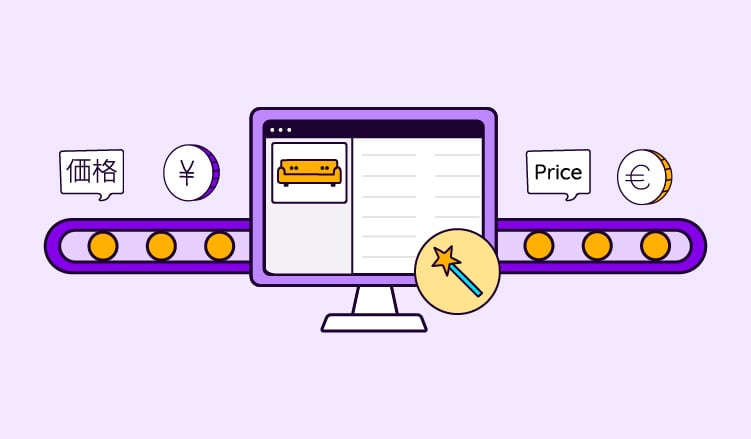Amazon Prime Day is coming your way. That means Prime Members all over the world are busy creating wishlists, hoping to get the best deals during this two-day event.
Since you’re here, we’ll assume that you want to make the most of this opportunity and maximize your sales. After all, Prime Day has, since the year it was launched, proven to be a major win for businesses selling on Amazon. Statistics show that Prime Day sales have been rising gradually year after year. In 2022, the sales reached a new record high, amounting to $12 billion dollars.
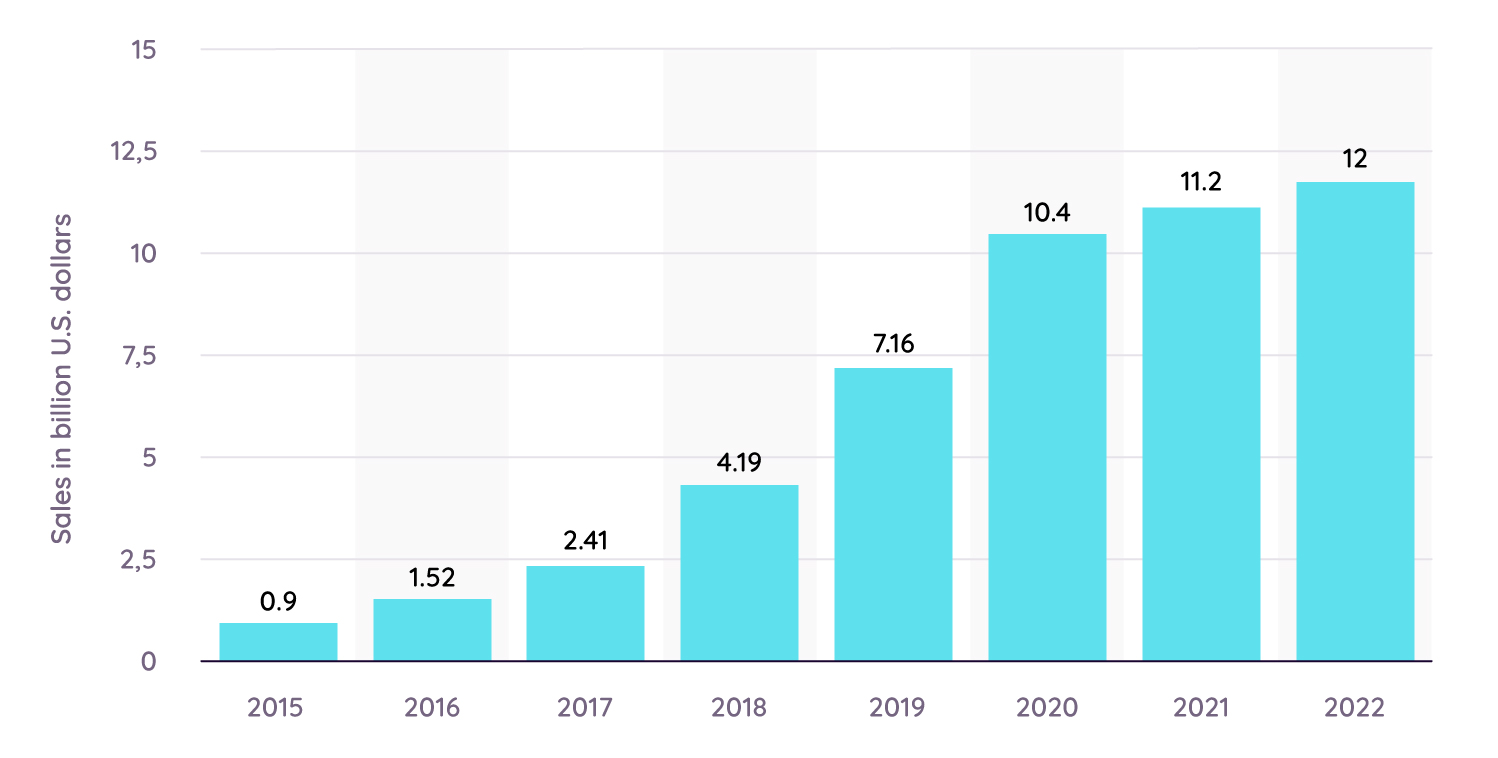
You may be wondering if small to medium-sized businesses (SMBs) truly benefit from Prime Day. And the answer is yes. In fact, SMBs that were already selling on Amazon during the 2022 run of this shopping event generated around $3 billion dollars in sales. That’s up from the $1.9 billion generated in 2021.
Now that it’s clear everyone has a chance at success, let’s get into the tips you need to prepare for Amazon Prime Day and take advantage of this busy shopping “day”.
Get Your Amazon Store Ready for Prime Day Sales Using These Steps
1. Plan your inventory
We know that the announcement of Prime Day comes only a few weeks before the event, which makes it hard to prepare well in advance. But let’s be honest here, you’re on this page right now because you haven’t really done much preparation. That’s okay, you still have a bit of time on your hands.
So, first things first, you need to get your inventory ready. The way to do that is to know which products you’ll be putting on sale. Start by analyzing your sales data from other big sales events to see an overview of all your products’ performance. Doing that will help you identify your most popular products during sale events.
Next is to look at previous sales data from Prime Day itself. Get a general understanding of what categories customers shop the most from. During last year’s shopping showdown, 16% of US shoppers bought gifts for non-holiday occasions, while 28% bought health and beauty products during the sales event. On top of that, the majority of customers bought household essentials.
Similarly, the most popular product category for 2022 Prime Day in the UK was home products. The German shoppers are also interested in the same category. Meanwhile, in Spain, clothing and accessories were the top categories during the event. Other categories that seemed popular on the global market are consumer electronics and makeup and skincare.
As you can see, different markets have varying needs. Now you can use this data to identify trends, popular items, and areas for improvement. Do your best to make sure that you have enough supply of the products you choose to put on sale to meet the demands of the event. It’s also crucial to stock up on complementary or related products to upsell and cross-sell for more sales opportunities.
Make sure to enhance your inventory management by preparing your inventory management system to handle the incoming order volume efficiently. Finally, stay on top of your stock levels and act fast to fill up inventory as needed throughout the event to avoid stockouts on fast-selling products.
2. Optimize your Amazon product listings
Now that you’re already clear on what products are in your Prime Day sale strategy, it’s time to make sure that they’re 1) visible and 2) add value to savvy customers. The way to do that is through optimization. Let’s talk through these optimization points:
You probably already know that Amazon is a highly competitive marketplace, right? Now imagine how competitive it must be in an event where everyone, including your competition, is hoping to make the biggest sales. So, you’ve got to improve your Amazon listings to make sure that your products will show up in front of ready-to-buy customers. Product listing optimization (PLO) will help you get the visibility you need.
PLO is a tactic for making all of the elements in your product listings better so that Prime Members can see them when they shop during the event. So for PLO, you’ll need to do keyword research to identify the phrases and search terms customers use to find the products you sell. But these keywords have to be specific to the products you’ll be selling during Prime Day. For example, if you’re a brand that sells home essentials and you’re adding vacuums to your Prime Day promotions, the keywords you might be looking to use are “vacuum cleaner” or “cordless vacuum cleaner.”
If you need a bit more hand in your keyword research journey, use our ecommerce keyword research guide for beginners.
The reason keywords are important is customers actively use them to search for products they need when shopping. They’ll be using that Amazon search bar during the event, and adding keywords to your listings will make sure that your products show up in the search results. So, in the end, PLO helps make sure that your product listings have value-adding information. What is value-adding information? Let’s talk about it.
Value-adding information
Value-adding information is high-quality product information that helps customers make buying decisions. That includes product titles, product descriptions, and visual assets.
As a reminder, online shoppers rely on this information because they can’t physically touch or see the products. That’s why it’s crucial for you to add detailed information about your products in your listings. Make sure your product titles and descriptions give enough details about what your product is, what it does, how it works, and the important features it has.
Remember the keyword research we mentioned above? You’ll need to use the keywords you’ve found in your titles and descriptions to increase your chances of visibility. Let’s use the vacuum example again, your title could be something like “(Your brand name) cordless vacuum cleaner.”
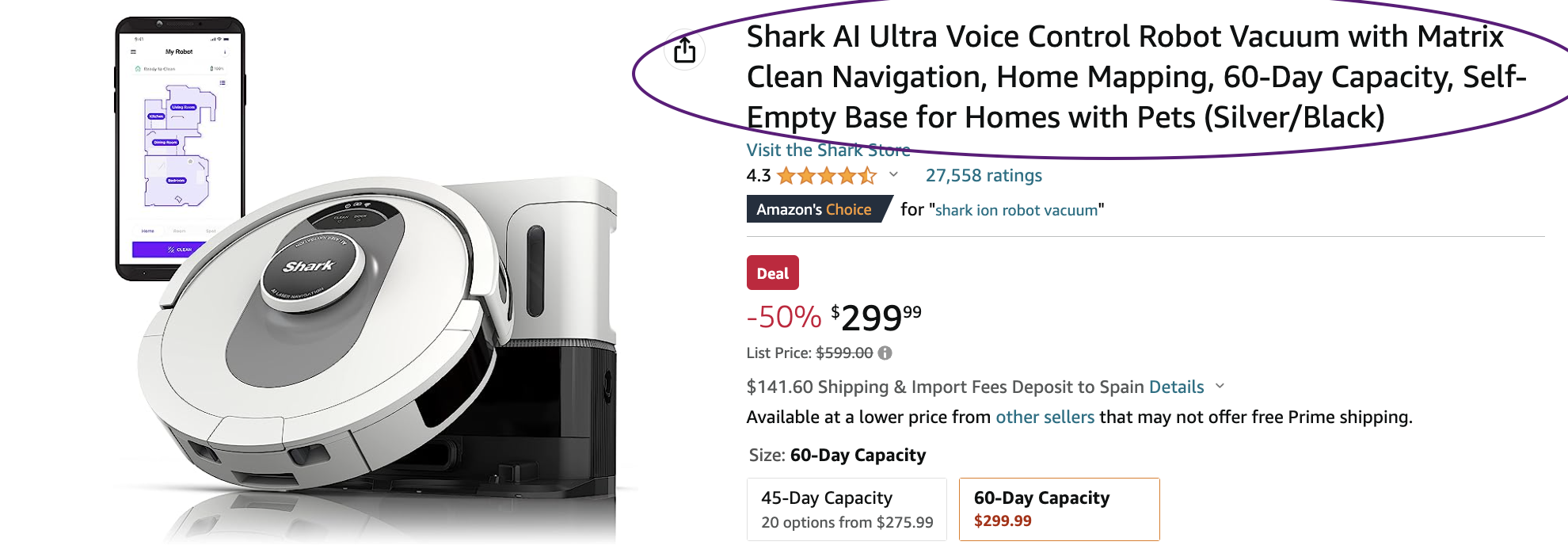
A title like that is helpful to customers as it tells them immediately the makeup of the product and from which brand it is. In the description, you can add details such as other features that can’t fit in the title. For example, it offers 30% more suction power and has whole-system filtration. Showcasing what your product is capable of is how you entice customers to be interested in buying your product.
You can seal the deal with visual assets, as images and videos have the ability to showcase your products effectively. But you have to make sure that they’re high-quality, which means the images can’t be blurry or videos can’t be too large in size that they take forever to load or show loading errors.
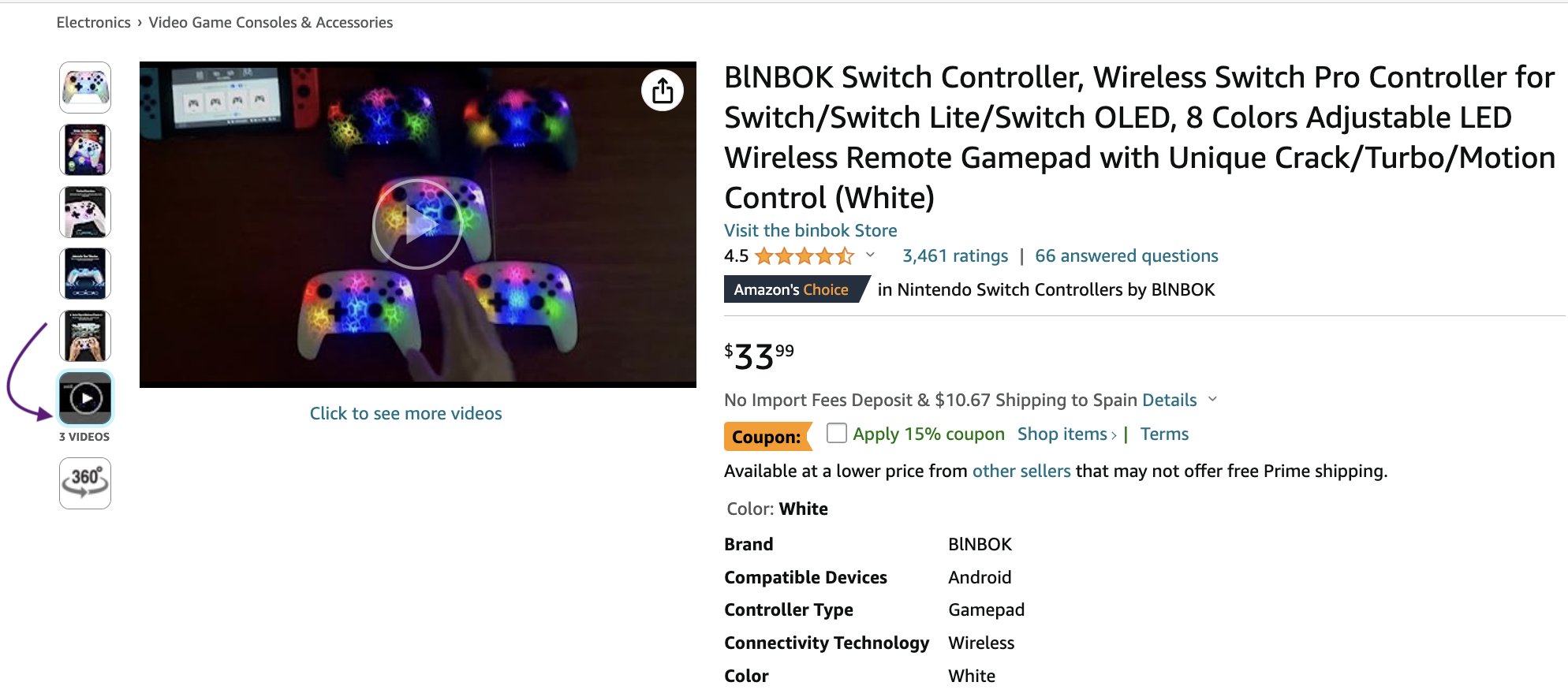
Considering that the majority of shoppers use smartphones to shop, it’s important to keep user experience in mind for mobile too. Amazon has specific requirements for assets for this very reason, so make sure you follow diligently.
If you have product information management (PIM) software, now’s the time to make sure it works for you more than ever during this event. Thankfully, you can use your PIM alongside your inventory management so that you always have accurate, up-to-date, and rich product information that adds value to your customers.
Things like available sizes, colors, styles or editions, and other attributes that customers will need to make a buying decision. That also includes the updated promotion prices and in-stock or out-of-stock information updated constantly to make sure everything runs smoothly. That’ll help you avoid unnecessary product returns and or shopping friction for customers.
3. Price competitively
If you didn’t already submit your deals by April 28, 2023, you’re too late to participate in this coming shopping extravaganza. But this is good information to keep in mind for the next event, which could possibly be in October.
Amazon is already running early deals leading to the main event. You can also use the early deals as a guide for your pricing strategy for the next one.

If you’ve already submitted your deals, skip to the next point.
It’s no secret that Amazon Prime Day deals are known to hit the spot with customers. So, making sure that prices are competitive is crucial as it can convince customers to buy from you instead of your competitors. There are a few ways to run Prime Day-worthy deals:
- Single-product promotions
- Lightning deals (limited number of discounts on an item during a short period of time)
- Bundle deals
- Or exclusive discounts
Having these kinds of deals can help increase the visibility of your products and boost sales. For more pricing guides, you can use tools like Amazon's pricing reports and competitor analysis to learn about pricing trends specific to your niche and market, then adjust your prices accordingly.
4. Leverage social media and email marketing
Nowadays, the best way to expand your reach is through social media. A recent HubSpot report even found that customers use social media for product discovery—the process of finding a product that aligns with their interests, even if it wasn’t the specific product they were looking for. So, it only makes use of your social media channels to spread the word about your Prime Day deals.
But don’t stop there, use email marketing to create interest in your deals. While the new methods of marketing, such as social media, may lead us to believe that email marketing is no longer effective, statistics show otherwise. According to this article, email was one of the top marketing channels that collected the largest increase in revenue contribution during the first day of Prime Day last year.
That makes it clear that you can leverage both social and email marketing to create anticipation around your upcoming discounts and exclusive offers. In your messaging on these channels, try to create a sense of urgency to encourage customers to visit your Amazon store.
Don’t shy away from engaging your customers on these platforms as you promote your deals. Answer their questions or like their posts related to Prime Day (on social media).
5. Optimize your Prime Day advertising campaigns
The best part about this event is that it’s an Amazon event, which means you can take advantage of Amazon’s advertising opportunities to boost your visibility and reach. Here are a few ad opportunities to leverage:
- Sponsored product ads
- Headline search ads
- Product display ads
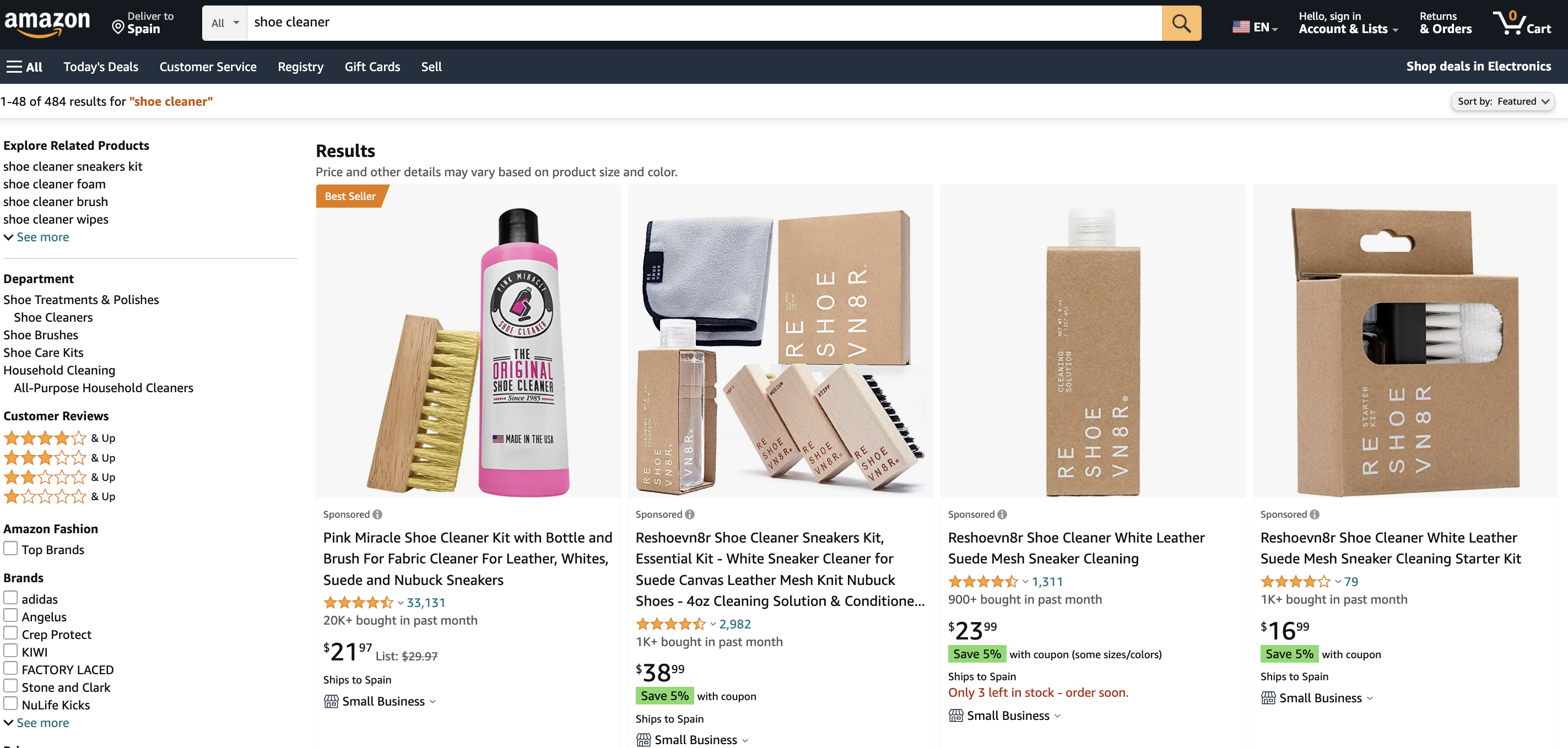
Of course, it goes without saying that you should only focus on advertising that makes financial sense for your business. When you create your Prime Day ad budget, you’ll know what you’re able to do and what to avoid if it’s going to cost you more than necessary.
Again, this is the time for you to have another look at your keyword research and include relevant keywords that will get you visibility and encourage customers to click on your products to explore them some more.
The more a customer engages with your products, the more likely they’re to buy in the end. But that will also depend on whether you’ve included value-adding product information as mentioned above.
6. Improve customer experience
Amazon is known for its non-negotiable customer-first approach. To make sure that you maintain this reputation, you’ve got to improve customer experience on your end. The marketplace has already done the groundwork for you, so all you have to do is enhance a few elements of the shopping experience.
What are these elements that we’re referring to? It’s the post-check-out aspects of the shopping journey. In short, we’re talking about fulfillment and post-purchase customer service. As you know, Amazon has the best shipping benefits.
Prime customers are used to Amazon’s same-day delivery or two-day delivery. That’s the standard you should, pun intended, aspire to deliver on. So, offer fast and reliable shipping options to make sure that you can deliver at the exact time customers expect their products at their front doors. To take it to the next level, give customers accurate tracking information they can use to follow their products until they make it to their doorsteps.
You also need to optimize your customer service. With increased sales and traffic, customer service is even more critical, so be prepared to handle inquiries, provide support, and address any issues that arise before or after product after delivery.
Doing all of this gives customers a positive customer experience, which is necessary to build trust that can lead to repeat purchases with your brand. To understand more about why customer experience matters in ecommerce, read our guide on the topic.
7. Monitor and analyze your Amazon Prime Day performance
This step comes after the party is over. But just because the party is over doesn’t mean that your work is done. In fact, now will be the time for the after-party, so consider running post-Prime Day promotions, retargeting campaigns, or loyalty programs to encourage more sales. Use the increased visibility of your brand to your advantage.
Also, use this momentum to collect customer data by encouraging sign-ups for newsletters, loyalty programs, or push notifications to help build better relationships with your existing and new customers.
Finally, you’ll need to keep an eye on your sales performance and advertising metrics during and after Prime Day. Make sure to analyze the data to identify areas of improvement for the next similar event.
Final thoughts
By following these strategies, you can prepare your retail business for Amazon Prime Day and increase your chances of success during this major shopping event. Always stay adaptable and be ready to adjust your strategies based on customer responses and market dynamics.
Amazon Prime Day FAQs
Amazon Prime Day is an annual shopping event that’s exclusive to Prime Members. It was launched in 2015 to celebrate Amazon’s Prime members’ 20th anniversary at the time.
Amazon Prime Day is a big deal because Prime Members can finally shop for the products they’ve been eyeing for a long time, all at discounted prices.
Amazon Prime Day 2023 will start Tuesday, July 11th - July 12th.
It’s usually a 48-hour event, and Prime Day 2023 will start at 3 am ET on July 11 th and end at 3 am ET on July 12th.
Amazon sellers add different products across categories to their Prime Day deal offerings. During the 48-hour period of the event, countless deals will drop every few hours.
Amazon sends out notifications with deadlines on when to submit your deals for Prime Day. This is done months ahead.
Unfortunately, yes. The deadline for the July Prime Day event has already passed. But a new date will be announced for the next Prime Day.

